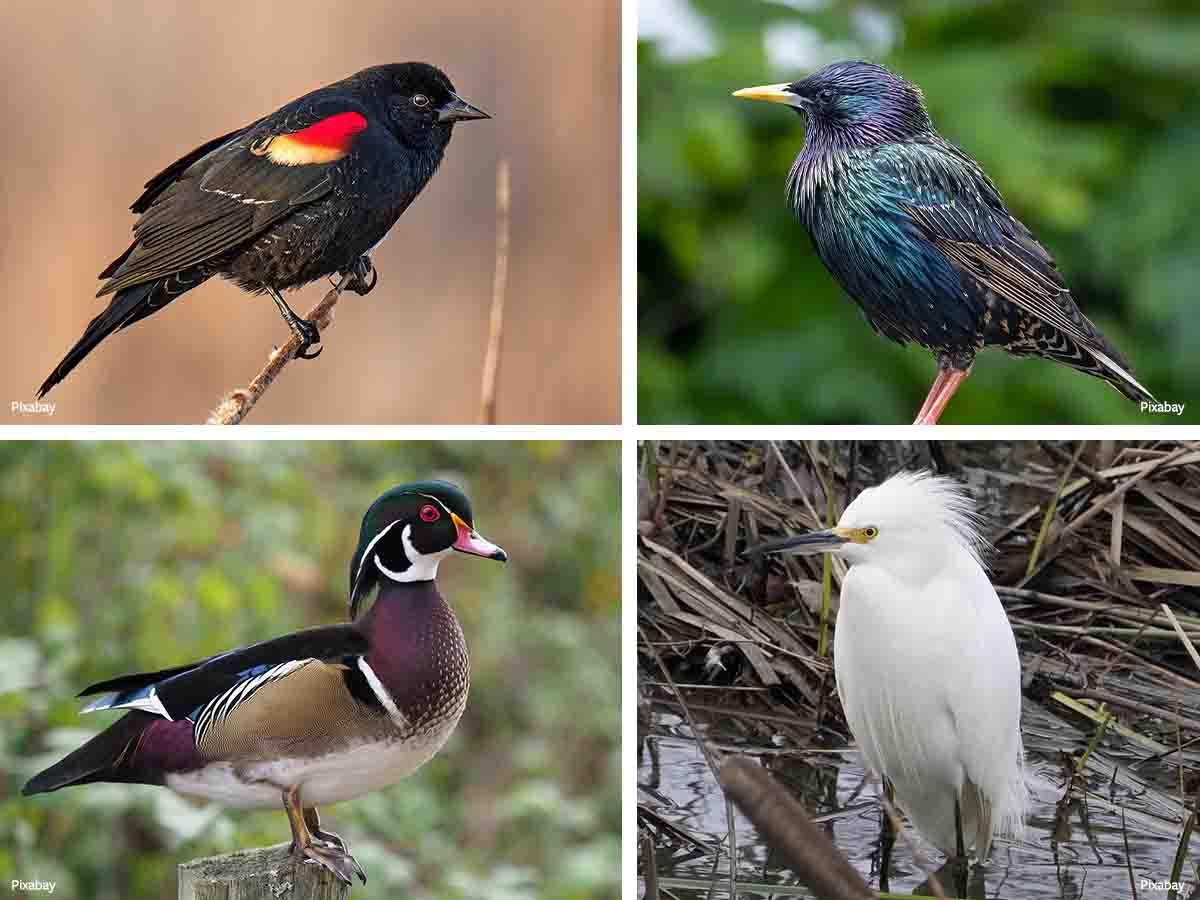Thousands of Wild Birds Face Brutal Mass Killings in Louisiana
This alert is no longer active, but here for reference. Animals still need your help.
Thousands of birds from twenty-six wild bird species in Louisiana are being targeted for death by the U.S. Department of Agriculture's Wildlife Services in an attempt to control “damage” caused by these birds' basic natural behaviors like eating, roosting, and raising their young. Some of the methods of killing them include firearm use, poisoning, and neck breaking, which will result in agonizing deaths for the majority of them. Speak out now against these needless atrocities!
The U.S. Department of Agriculture (USDA) has published an Environmental Assessment considering options that include four alternative approaches for reducing and preventing damage caused by a number of species of birds who are simply engaging in natural behaviors.
Most of the targeted birds are migratory and rely on habitat in Louisiana, which is an important stop for many species along the Mississippi Flyway. Sadly, many would be subjected to a number of lethal methods unless Alternative 2 is chosen, which would require Wildlife Services to only use non-lethal methods.
Among the methods of killing these beautiful animals are snap traps, which Wildlife Services uses on birds who nest in cavities like the European starling. Using snap traps is a brutal way of killing birds. The traps are set within nest boxes or other places a bird may use to rest and raise a family. As a bird goes to land in the nest, the trap violently clamps down on them, crushing their neck or other body parts. If a snap trap does not kill a bird immediately, they can be left to suffer for hours.
American crows, blackbirds, and mourning doves may face a poison called DRC-1339. When birds ingest this avicide, it can take up to three days to kill them, leaving them to die slowly and painfully from kidney failure, neurological issues, or nervous system shutdown. Wildlife Services even admits that this poison's effects are not fully understood. Additionally, DRC-1339 can affect other “non-target” wild animals and animal companions and can be dangerous to humans if exposed.
Another method mentioned is the use of firearms to gun them down through “sport” hunting. Killing birds, like egrets, with firearms, often results in inaccurate gunshots, which result in more suffering. Wildlife Services would encourage people to allow the hunting of birds like wood ducks and other waterfowl on their property.
The worst part is that the killing of these birds is entirely unnecessary and not an effective solution. Other birds return to these areas and take the deceased birds' place, allowing the torturous cycle to continue. Please urge the U.S. Department of Agriculture to use the non-lethal methods listed in the report. These methods are just as effective and include preventative strategies such as modifying the design of buildings and facilities, altering human behaviors, creating alternative feeding sites in the case of agricultural damage, and educational materials to foster coexistence with birds.

This alert is no longer active, but here for reference. Animals still need your help.




